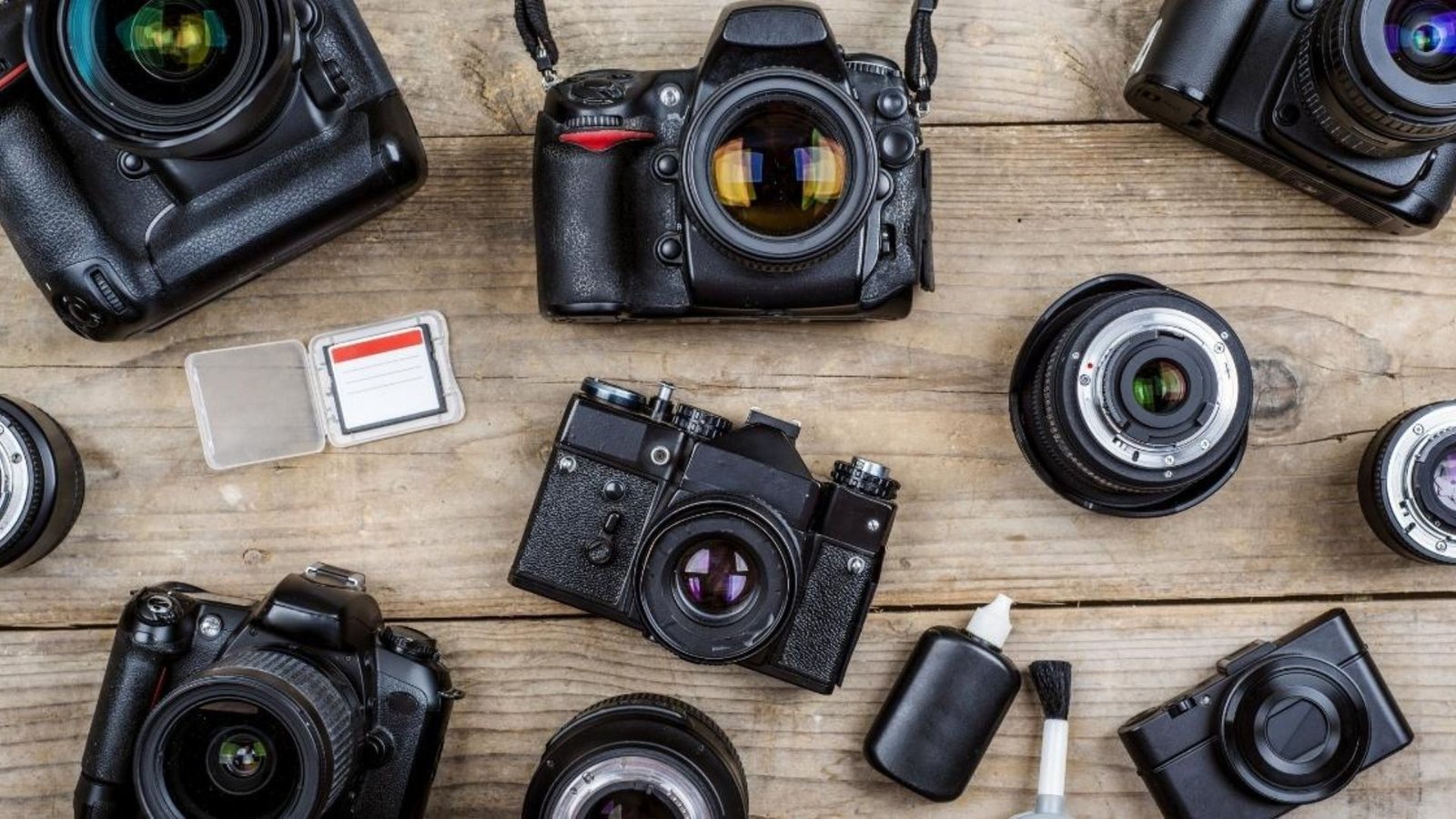Color is one of the most powerful tools in a photographer’s arsenal. It has the ability to convey emotions, set the mood, and guide the viewer’s eye through a composition. Understanding the role of color in photography can elevate your images from good to great, allowing you to create photos that are not only visually appealing but also emotionally resonant. In this guide, we’ll explore how color influences photography and how you can use it to enhance your work.
1. The Emotional Impact of Color
Color has a profound impact on our emotions and can dramatically change the mood of a photograph. Different colors evoke different feelings:
- Red: Often associated with passion, energy, and danger. It’s a bold color that grabs attention and can add intensity to a photo.
- Blue: Conveys calmness, serenity, and sometimes sadness. Blue tones can create a tranquil atmosphere or evoke a sense of melancholy.
- Yellow: A bright and cheerful color, yellow is often linked to happiness and positivity. It can also be used to create a sense of warmth.
- Green: Represents nature, growth, and tranquility. Green is soothing to the eye and often used to convey peace and harmony.
- Black and White: While not colors in the traditional sense, black and white photography relies heavily on tonal contrast and can evoke a sense of nostalgia, drama, or timelessness.
Using Color to Set the Mood: Consider the emotion you want to convey in your photo and choose your color palette accordingly. For example, a photo with predominantly cool tones like blues and greens might evoke calmness, while one with warm tones like reds and oranges might feel more energetic or intense.

2. The Basics of Color Theory
Understanding color theory is essential for photographers who want to use color effectively. Here are some key concepts:
- Primary Colors: Red, blue, and yellow are the primary colors from which all other colors are derived.
- Secondary Colors: These are created by mixing two primary colors (e.g., green from blue and yellow).
- Complementary Colors: Colors opposite each other on the color wheel (e.g., red and green, blue and orange) create strong contrast and can make each other appear more vibrant.
- Analogous Colors: Colors next to each other on the color wheel (e.g., blue, blue-green, green) create a harmonious and often soothing effect.
- Triadic Colors: A combination of three colors that are evenly spaced on the color wheel (e.g., red, yellow, blue) can create a vibrant and balanced look.
Applying Color Theory in Photography:
- Contrast: Use complementary colors to create strong visual impact. For example, a bright red subject against a green background will stand out powerfully.
- Harmony: Use analogous colors for a more cohesive and harmonious look. This can create a calm and pleasing composition.
3. Using Color to Guide the Viewer’s Eye
Color can be a powerful compositional tool to direct the viewer’s attention to specific parts of an image:
- Dominant Colors: A strong, dominant color in a photo can immediately draw the viewer’s eye. This can be used to highlight the main subject or focal point.
- Accent Colors: Smaller areas of contrasting color can act as accents that add interest or direct attention without overwhelming the composition.
- Color Isolation: Placing a vibrant subject against a muted or monochromatic background can make it stand out more prominently.
Example Techniques:
- Spot Color: In a black and white photo, leave one element in color to draw attention to it.
- Color Pop: Use a brightly colored object in a mostly neutral scene to create a focal point.
4. The Psychology of Color in Storytelling
Color can also be used to tell a story or convey a deeper narrative in your photography:
- Cultural Significance: Be aware of cultural meanings associated with colors. For example, in some cultures, white represents purity, while in others it may signify mourning.
- Symbolism: Colors can symbolize concepts or ideas. For example, red can symbolize love or anger, depending on the context.
- Narrative Progression: In a series of images, you can use color to show a progression or change in mood. For example, a story that starts with cool tones might shift to warmer tones to reflect a change in the emotional state of the subject.
Using Color for Storytelling: Think about the message or story you want to convey with your images. Choose colors that reinforce this narrative, whether through symbolism, cultural context, or emotional resonance.
5. Editing and Enhancing Color in Post-Processing
Post-processing is where you can fine-tune the colors in your images to achieve the desired effect:
- Adjust White Balance: Correcting the white balance can dramatically change the color tone of an image, shifting it from cool to warm or vice versa.
- Saturation and Vibrance: Increase saturation to make colors more intense, or use vibrance for a more subtle enhancement that avoids over-saturating skin tones.
- Color Grading: Apply color grading techniques to change the overall mood of the image. For example, adding a blue tint can make a scene feel cooler, while a warm orange tint can evoke a sunset-like glow.
- Selective Color Adjustments: Use tools like HSL (Hue, Saturation, Luminance) to adjust specific colors without affecting the entire image.
Tips for Effective Editing:
- Consistency: Maintain consistent color tones across a series of images to create a cohesive look, especially in portfolios or social media feeds.
- Subtlety: Be careful not to over-process colors. Subtle adjustments often lead to more natural and pleasing results.
Conclusion
Color plays a crucial role in photography, influencing not just the aesthetics of an image but also its emotional impact and storytelling potential. By understanding the basics of color theory, using color to guide the viewer’s eye, and considering the psychological effects of different hues, you can create photographs that are both visually striking and deeply resonant. Whether you’re capturing the vibrant colors of a cityscape or the muted tones of a foggy landscape, the thoughtful use of color will elevate your photography to new heights. So, next time you shoot, pay attention to the colors around you and let them guide your creative process.










